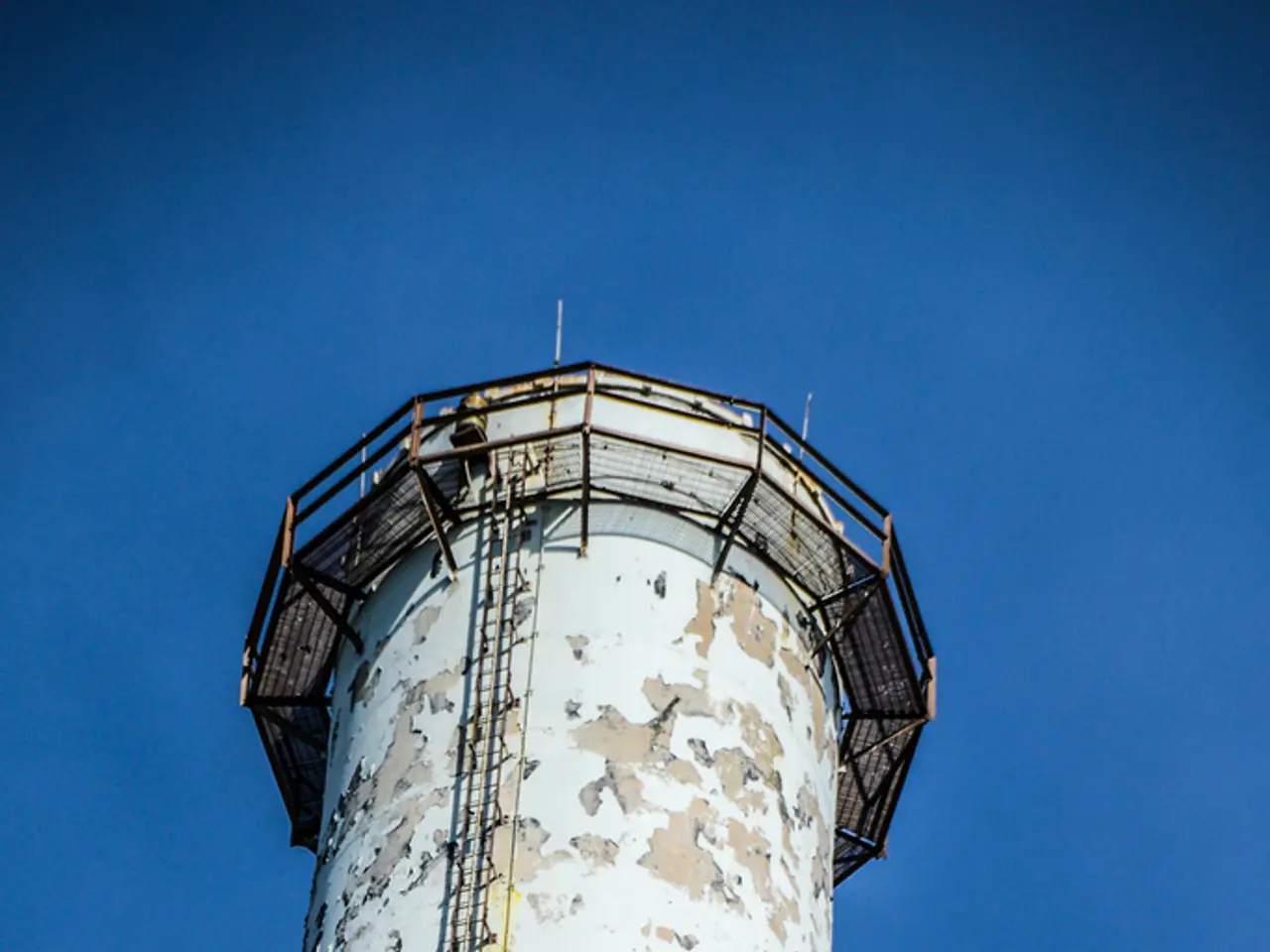discovery of substantial 'white gold' reserves worth $540 billion beneath California's Salton Sea, potential game-changer for U.S. energy self-sufficiency confirmed by scientists
The Salton Sea, a body of water located in Imperial County, California, has become the focus of attention in the global race for battery metals. The lakebed of this unique body of water emits toxic dust linked to higher asthma rates among nearby residents, approximately 180,000 strong. However, beneath this troubled surface lies a treasure trove of lithium, valued at roughly $540 billion, and estimated to contain enough lithium to produce batteries for 382 million electric vehicles.
This lithium deposit, one of the largest in the world, has been labeled the "Saudi Arabia of lithium" by California Governor Gavin Newsom. The potential economic benefits are substantial, with the Salton Sea area containing about 18 million metric tons of lithium, offering a large domestic supply that could boost California’s and the U.S.'s clean energy industry and jobs.
Lithium extraction is aligned with geothermal energy developments in the region, potentially creating a synergy for sustainable resource utilization. The method of lithium extraction at the Salton Sea involves drilling geothermal wells and separating lithium from superheated brine, while generating geothermal power.
However, the development of the Salton Sea's lithium deposit, known as "Lithium Valley," presents significant environmental challenges. Construction and operation of lithium plants could emit particulate matter—up to 9 tons annually during construction—which adds to already poor air quality marked by dust, ozone, hydrogen sulfide, and other pollutants.
The Salton Sea area faces complex environmental issues including algal blooms, shrinking lakebed exposing dust, and legacy pollution contributing to ongoing health problems for residents. Efforts to restore or manage the Salton Sea to mitigate dust and pollution remain costly and incomplete, with lithium extraction adding new variables to managing environmental health.
Air pollution and environmental degradation disproportionately affect low-income and minority communities around the Salton Sea, aggravating respiratory illnesses and health disparities. Local governance and residents express concerns about how development might affect agriculture and water flows that are culturally and economically important.
The complex regional dynamics include legal and regulatory challenges, with community voices calling for balanced solutions to harness lithium’s promise without sacrificing environmental justice or cultural heritage. Continuous monitoring, transparent data sharing, and active engagement with local communities are called for to address concerns about the Salton Sea's lithium extraction.
Supporters see the lithium find at the Salton Sea as a once-in-a-generation opportunity to transform Imperial County's economy and create thousands of skilled jobs. However, they also recognize the need for careful environmental management and inclusive community engagement to address legacy pollution, protect health, and respect cultural ties to the region.
Modeling by the U.S. Department of Energy suggests that lithium replenishment in the reservoir is slow, and output could drop from 0.8 kilograms per second to 0.3 kilograms per second within 30 years if 95% of lithium is removed. This underscores the importance of sustainable extraction methods and the need to balance lithium extraction with geothermal power generation to maintain brine circulation.
In conclusion, the lithium development at the Salton Sea has the potential to be an important economic driver but requires careful environmental management and inclusive community engagement to address legacy pollution, protect health, and respect cultural ties to the region. The situation remains contentious due to infighting, hyper-regulation, and litigation amid efforts to realize Lithium Valley’s (economic) potential.
- The race for battery metals has shifted focus to the Salton Sea, a body of water in California, which contains a treasure trove of lithium worth approximately $540 billion.
- California Governor Gavin Newsom has labeled the Salton Sea's lithium deposit as the "Saudi Arabia of lithium," offering a large domestic supply for the clean energy industry.
- Lithium extraction at the Salton Sea aligns with geothermal energy developments, potentially creating a synergy for sustainable resource utilization.
- Construction and operation of lithium plants in the Salton Sea area could lead to high emissions of particulate matter, adding to existing poor air quality.
- The Salton Sea faces complex environmental issues, including algal blooms, shrinking lakebed, and ongoing health problems for nearby residents.
- Local governance and residents are concerned about how development might affect agriculture, water flows, and cultural heritage in the Salton Sea area.
- Continuous monitoring, transparent data sharing, and active engagement with local communities are necessary to address concerns about lithium extraction and its impact on the environment and health.
- Efforts to transform Imperial County's economy through lithium extraction should balance economic benefits with environmental justice and cultural heritage.
- Modeling suggests that lithium replenishment in the Salton Sea is slow, and output could drop significantly if 95% of lithium is removed, emphasizing the importance of sustainable extraction methods.
- The lithium development at the Salton Sea has the potential to drive economic growth but faces contentious challenges due to infighting, hyper-regulation, and litigation.






